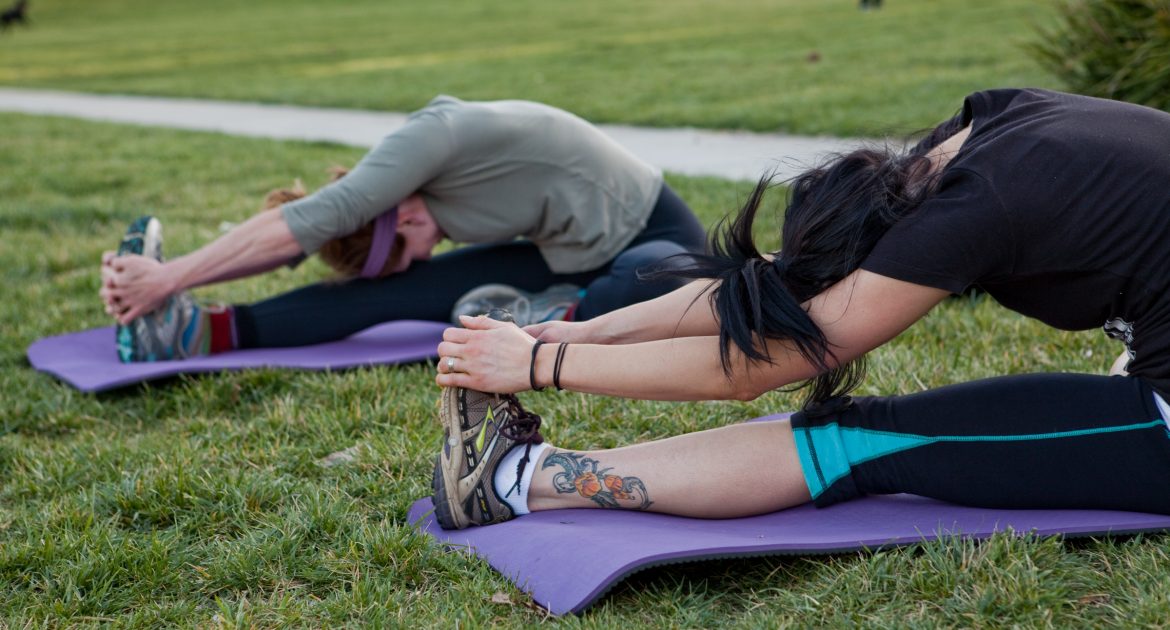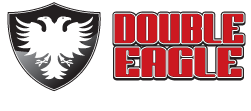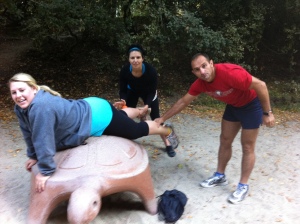
Flexibility is the range of motion at a joint. The degree to which we are flexible depends on joint structure–especially within the ball-and-socket joints of the hip and shoulder. Age is also a major factor: the young are generally more flexible than the old. Gender is another huge factor. Women are generally more flexible than men. Connective tissue and tendons and ligaments and fascial sheaths and joint capsules may also limit range of motion.
So how can we increase our flexibility?
Yup, you guessed it. Stretching. Static, ballistic, dynamic, and Proprioceptive Neuromuscular Facilitation (PNF) stretching are all ways to increase our range of motion.
Dynamic stretching before workouts prepares the body for exercise, encourages blood flow and loosens us up. Dynamic stretching is active and relies on sport specific movements such as carioca, donkey kicks, high knees, back pedal, lateral shuffle, inchworm, etc.
Static stretching is passive and aims to lengthen the muscle to the point of discomfort so that the warm muscle gradually gets more flexible. NEVER STRETCH COLD MUSCLES!!! Cold muscles are more likely to tear or strain your muscles. Stretching after workouts helps to restore muscles and decreases soreness.
Always make time to stretch!




